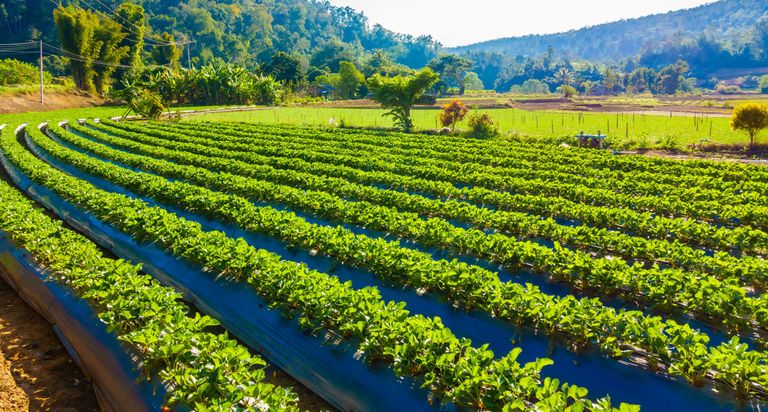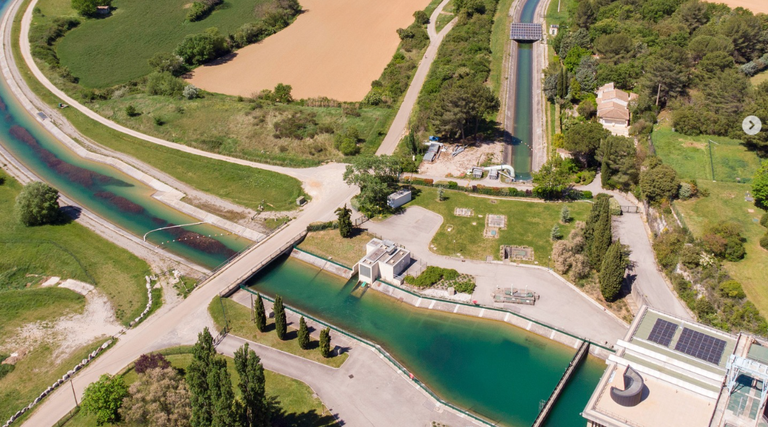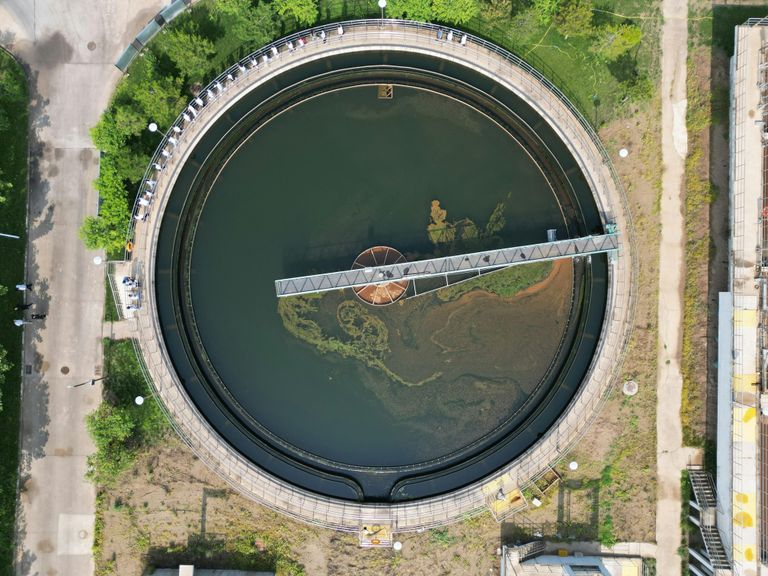Theme and questions
Water and agricultural resilience in the face of climate change
The ICID 2026 Congress, under the theme “Water and agricultural resilience in the face of climate change”
Under this theme, the congress will bring together stakeholders from across the globe – researchers, engineers, institutions, public decision-makers, NGOs, and civil society representatives – to share knowledge, innovations, and experiences on the core challenges of irrigation and drainage.
These topics have never been more relevant. Irrigated agriculture, which covers only 20% of cultivated land, produces nearly 40% of the world's food while accounting for 70% of global water consumption. In a world facing population growth, resource scarcity, soil degradation, and extreme climate events, managing water effectively has become a key condition for agricultural resilience.
This congress is resolutely action-oriented. It will offer a moment to assess and discuss available levers: technological innovations (such as smart irrigation systems, remote sensing, high-efficiency equipment), agroecological practices, public policies, wastewater reuse, and new forms of international cooperation — all essential tools to support the transition towards efficient and sustainable agricultural systems.
The choice of Marseille as host city is a meaningful one. As a Mediterranean city at the crossroads of cultures and climate issues, it embodies both the tensions and opportunities of water management in constrained environments. With its dynamic research ecosystem and strong commitment to sustainability, Marseille also provides fertile ground for dialogue and innovation.
Congress questions
Agroecology is now widely recognized as the design and implementation of sustainable agriculture based on ecological principles. It embraces a holistic, multi-scale, and multi-actor approach to reshape food systems in response to environmental, economic, and social challenges.
Traditionally, irrigation and drainage—both surface and sub-surface—have been used to manage water availability, by bringing water in the absence of rain and removing excess water when rainfall is too abundant. These tools are often associated with input-intensive and environmentally harmful agro-industrial systems, seemingly distant from agroecological principles.
However, in the face of climate change, both irrigation and drainage should be reconsidered not merely as tools for intensification, but as key components of climate-resilient and ecologically grounded systems. As such, they can be reframed as nature-based solutions that stabilize yields, improve soil health, reduce environmental impacts, and support diversified production.
Emerging research—although still limited—suggests that these water management practices can actively contribute to agroecological transitions, especially when combined with traditional knowledge and practices adapted to local contexts. Policy and economic instruments will also play a crucial role in encouraging this shift, by aligning incentives with long-term sustainability goals.
Despite their potential, the links between agroecology and irrigation remain underexplored: as of April 2023, only 38 scientific articles explicitly connect the two. Often, irrigation is mentioned superficially, without in-depth analysis of its transformative role.
This congress seeks to address that gap. It invites researchers, practitioners, and policymakers to explore how irrigation, surface and sub-surface drainage, and nature-based water solutions—when guided by agroecological principles—can help build sustainable, inclusive, and resilient food systems for the future.
Sub-questions
Q. 66.1:
At the plot, landscape, and watershed scales, what processes are involved in the interaction between irrigation/drainage and agroecology, and how might we model them?
Q. 66.2:
At the farm, territorial, sectoral, and food system levels, what are the characteristics of irrigated/drained agroecological systems and the methods for supporting the agroecological transition of irrigated/drained systems?
In a context of increasing water scarcity and climate uncertainty, improving water use efficiency in agriculture has become both a necessity and an opportunity. Technological innovations—ranging from irrigation scheduling tools to smart equipment and remote sensing—offer promising pathways to optimize irrigation and reduce water consumption.
Today, a wide array of irrigation practices and scheduling strategies are available to help farmers apply the right amount of water, at the right time, and in the right place. These include precision irrigation, deficit irrigation, and smart irrigation systems that integrate soil, crop, and weather data to guide decisions.
Remote sensing technologies—using satellite, optical, thermal, and radar imagery—are increasingly accessible and can support real-time irrigation management at the field or territorial scale. When combined with in situ sensors and crop models, they help monitor plant stress, soil moisture, and evapotranspiration dynamics with greater accuracy.
Modelling also plays a key role in designing irrigation strategies, projecting water demand under different scenarios, and assessing the trade-offs between robustness and performance. These tools are essential for improving forecasting, decision support, and risk management in water-limited conditions.
Yet, beyond technology, the uptake of these innovations depends on effective governance frameworks. Water pricing and policy instruments must align with sustainability goals to encourage the adoption of efficient irrigation systems and discourage wasteful practices.
Sub-questions
Q. 67.1:
Irrigation practices and technologies at the plot and farm levels reflect individual skills, objectives, decisions, and philosophies. How can these be evaluated and improved?
Q. 67.2:
At the territorial scale, irrigation water management is jointly influenced by agricultural, economic, environmental, and regulatory drivers. How can the decision-making process be explained and improved?
Water scarcity constitutes one of the most pressing challenges of the 21st century. Intensifying pressures on freshwater resources—driven by climate change, demographic expansion, and rising food demand—underscore the necessity of exploring non-conventional water sources, including wastewater reuse and desalination, as central components of water management strategies, particularly in arid and semi-arid regions such as the Mediterranean.
Globally, agriculture remains the dominant water-consuming sector, with an estimated annual withdrawal of 11,200 billion m³. This demand encompasses approximately 2,000 billion m³ of blue water (surface and groundwater), 8,400 billion m³ of green water (rainwater), and 800 billion m³ of grey water (polluted return flows from agricultural activities). In regions characterized by acute water stress, notably the Mediterranean basin, enhancing water-use efficiency and diversifying water supply sources, with non conventional resources, represent critical measures to ensure long-term sustainability. Within these issues, human, social and economic considerations continue to represent a critical determinant.
The reuse of a treated wastewater represents a viable strategy to reduce pressure on conventional freshwater resources while fostering the principles of a circular economy. Such reclaimed water can be applied in agricultural irrigation, aquifer recharge, as well as in industrial and urban applications. Similarly, desalination constitutes an important non-conventional water supply option, particularly in coastal regions; however, its deployment requires careful evaluation due to its significant energy requirements and potential environmental and public health impacts.
Sous-questions
Q. 68.1:
In the context of watereuse (REUSE), how can integrated, interdisciplinary, and territorial approaches contribute to overcoming sociological, economic, and regulatory obstacles?
Q. 68.2:
How can a desalination strategy be designed and developed to specifically meet agricultural needs, both in quantitative and qualitative terms?





